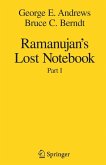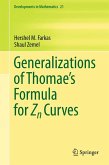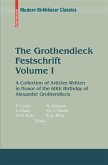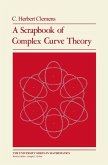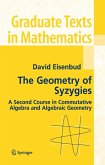The primary topics addressed in the authors' second volume on the lost notebook are q-series, Eisenstein series, and theta functions. Most of the entries on q-series are located in the heart of the original lost notebook, while the entries on Eisenstein series are either scattered in the lost notebook or are found in letters that Ramanujan wrote to G.H. Hardy from nursing homes.
About Ramanujan's Lost Notebook, Volume I:
"Andrews and Berndt are to be congratulated on the job they are doing. This is the first step...on the way to an understanding of the work of the genius Ramanujan. It should act as an inspiration to future generations of mathematicians to tackle a job that will never be complete."
- Gazette of the Australian Mathematical Society
"...the results are organized topically with cross-references to the identities as they appear in the original Ramanujan manuscript. Particularly helpful are the extensive references, indicating where in the literature these results have been proven or independently discovered as well as where and how they have been used."
- Bulletin of the American Mathematical Society
"The mathematics community owes a huge debt of gratitude to Andrews and Berndt for undertaking the monumental task of producing a coherent presentation along with complete proofs of the chaotically written mathematical thoughts of Ramanujan during the last year of his life. Some 85 years after his death, beautiful "new" and useful results of Ramanujan continue to be brought to light."
- Mathematical Reviews
Dieser Download kann aus rechtlichen Gründen nur mit Rechnungsadresse in A, B, BG, CY, CZ, D, DK, EW, E, FIN, F, GR, HR, H, IRL, I, LT, L, LR, M, NL, PL, P, R, S, SLO, SK ausgeliefert werden.
"This volume contains 16 chapters comprising 314 entries. The material is arranged thematically with the main topics being some of Ramanujan's favorites q series theta functions ... . the authors treatment is extremely thorough. Each chapter contains an introduction with appropriate background. References to all other known proofs of the entries are provided. ... Fans of Ramanujan's mathematics are sure to be delighted by this book. ... Many entries are just begging for further study and will undoubtedly be inspiring research for decades to come." (Jeremy Lovejoy, Mathematical Reviews, Issue 2010 f)



